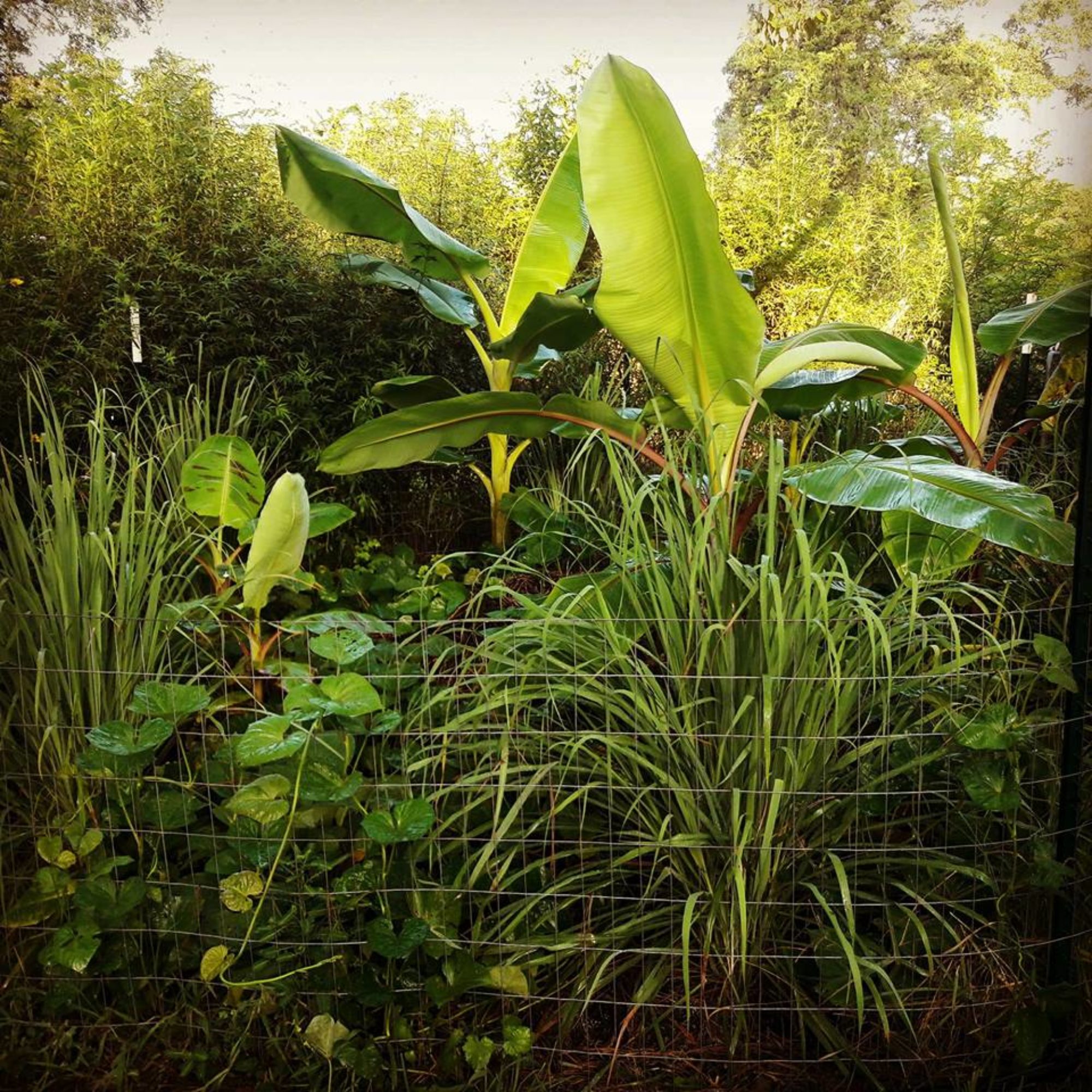Edible Landscaping Design Project
This is a 3.97 acre property in the humid subtropics, 85 miles from the Gulf of Mexico. The property receives on average 44” of rain per year but could be as much as double or half of that making water harvesting and storage a top priority. The clients chose to have me design their property because of recent floods and erosion.
This site created some challenges that were not easily overcome by such a newbie like myself. The client’s husband put in a retention last year after the previous year brought record rain and flooding to the area. He almost flooded 2 years ago and was saved last year due to this pond. This is a great thing, however, it was placed in the wrong area as far as permaculture design goes. It could have been just as effective yet placed differently and therefore allowing better placement of and better access to other components. The pond is already in place and it had to be worked around.
The site is heavily wooded around the property with 2 clearings, one is the front yard and the other is about a 1/3 acre area behind the pond. This would be the area I am working with and really the only area we will be discussing.
There is also a year-round creek that runs through the back of the property and this is where the flooding occurs. We just survived Hurricane Harvey and this area flooded once again. Once again, however, the retention pond saved the house from being flooded.
When we think of permaculture zones, we usually expect zone 1 to be near the house. Sometimes that is not possible. Her front yard was out of the question for use due to restrictions and so with the exception of an herb spiral, zone 1 is behind the pond.
Access is to the north of the property through a wooded area around the pond. There is water runoff from neighboring property that will be controlled by a series of gabions before running into a system of swales designed to help slow and spread the water, preventing erosion and retaining much of the water in the ground, filtering it before it eventually soaks out to the creek. This swale system will be planted to a food forest type system enhanced with vetiver and lemongrass in order to further prevent erosion.
To the west of the food forest will be placed a chicken coop and run that will be used to turn excess produce and waste into fertile compost. Just to the southeast of that and where you’d least expect it is the kitchen and main crop gardens. These gardens are the furthest from the house but are placed here due to the current situation of erosion. All of the water runoff will be slowed, spread and absorbed by the system of gabions, swales, trees, and clumping grasses and therefore will provide the best area for this type of garden.
The client does not mind making the daily trip to this area and knew when she contacted me this was going to be the only available area to work with so we made the best use of it.
[TheChamp-FB-Comments]

